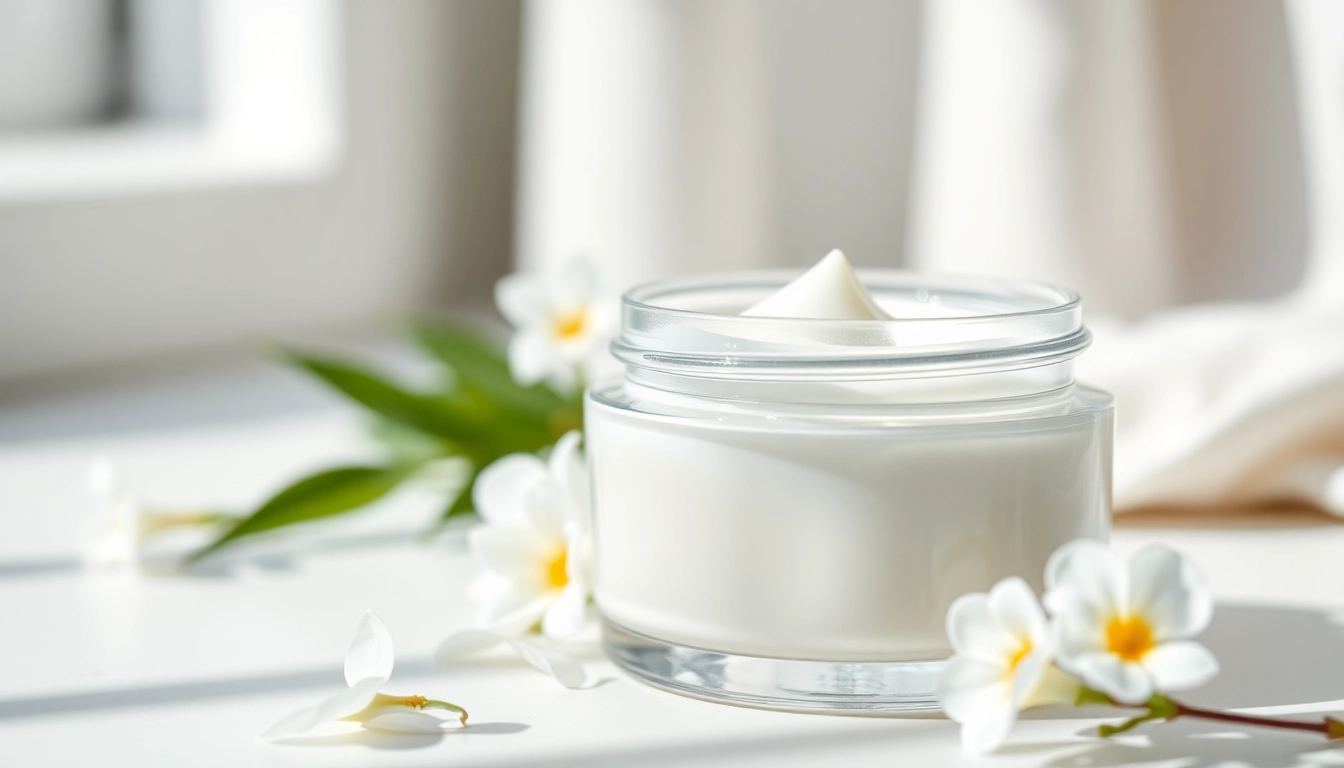What is Permanent Makeup?
Permanent makeup, also known as micropigmentation or cosmetic tattooing, is a cosmetic procedure that involves implanting pigment into the skin to enhance or mimic the appearance of makeup. It is increasingly popular due to its time-saving benefits and the promise of looking polished without the daily routine of application. For more details on this transformative beauty approach, explore our offerings in permanent makeup.
Definition and History of Permanent Makeup
The concept of permanent makeup dates back centuries, with historical evidence suggesting that ancient cultures used natural pigments for body and facial adornment. Modern techniques, however, were developed in the latter half of the 20th century, particularly as the innovations in tattooing and cosmetic procedures evolved. Initially utilized for medical purposes, permanent makeup helped individuals restore natural features post-surgery or injury, such as breast reconstruction after mastectomy. Over the years, the procedure has gained popularity among those looking for convenient beauty solutions.
Medical Applications of Permanent Makeup
Permanent makeup serves several medical applications beyond aesthetic enhancement. It is particularly beneficial for individuals with:
- Allergies or sensitivities: Those who are allergic to conventional makeup may opt for permanent options to avoid reactions.
- Hair loss: Patients experiencing hair loss from conditions like alopecia can use permanent makeup to recapture their brows and lashes.
- Physical limitations: Individuals with conditions that impair their ability to apply makeup, such as arthritis, often benefit from the convenience offered by permanent solutions.
- Scarring: Cosmetic tattooing may be used to conceal scars, improving the aesthetic appearance of affected areas.
Aesthetic Benefits of Permanent Makeup
One of the most notable benefits of permanent makeup is its ability to create a polished look that remains intact throughout daily activities. This is particularly attractive for those who:
- Live active lifestyles: Permanent makeup withstands swimming, exercise, and long days, ensuring that clients look their best regardless of circumstances.
- Want to simplify their routine: Busy professionals and anyone looking to reduce time spent on makeup application find permanent options highly appealing.
- Desire consistent results: With the right artist, permanent makeup can provide a semi-permanent solution to enhance natural features effectively, giving clients confidence in their appearance.
The Process of Applying Permanent Makeup
Preparation: What to Expect Before Your Appointment
Preparing for a permanent makeup appointment involves several essential steps to ensure optimal results:
- Consultation: Schedule a thorough consultation with your chosen specialist. This will include discussing your aesthetic goals, any medical history, and understanding the process.
- Patch test: Some clinics offer patch tests to check for allergies to pigments.
- Skin evaluation: An evaluation of your skin type and tone will help the artist customize shades that will best enhance your features.
- Pre-care instructions: Expect to receive specific pre-care instructions, such as avoiding blood thinners, alcohol, or caffeine 24 hours before your appointment. This helps minimize bleeding and maximizes pigment retention.
Techniques Used in Permanent Makeup Application
Permanent makeup can be applied using a few different techniques, each aiming to achieve natural-looking results:
- Mist shading: This technique involves using a gentle spray of pigment to create a soft fill-in effect, often used for eyebrows and lips.
- Microblading: Resembling a tattoo artistry, microblading involves a manual tool with fine blades to create hair-like strokes in the eyebrows for a natural appearance.
- Pigment implantation: Using a machine or manual method, pigments are inserted into the dermal layer of the skin, commonly for eyeliner and lip color.
- Ombre technique: This method creates a gradient effect in eyebrow tattoos, providing depth and dimension that mimics a natural look.
Aftercare and Healing: Important Steps
The aftercare process is crucial for achieving the best results from your permanent makeup procedure. Here are some standard aftercare recommendations:
- Keep it clean: Ensure the treated area is clean to prevent infection. Gently wash the area with a mild soap and water.
- Avoid moisture: Keeping the area dry is essential during the healing process. Avoid swimming, saunas, and intense workouts for at least a week.
- Follow-up appointments: Most practitioners will schedule follow-up appointments for touch-ups, usually a few weeks post-treatment to ensure the desired outcome.
- Consult if needed: If you notice any unusual symptoms, such as excessive redness or swelling, reach out to your practitioner promptly.
Types of Permanent Makeup Treatments
Permanent Makeup for Eyebrows
Eyebrow tattoos are immensely popular, especially with techniques like microblading or powder brows. Microblading involves creating fine, hair-like strokes for a soft and natural appearance, while powder brows provide a softer, shaded look. The choice between these techniques depends on your natural brow hair, skin type, and desired outcome.
Permanent Makeup for Eyeliner
Permanent eyeliner enhances the eyes without the need for traditional pencils or liquids. Those considering this treatment can choose from a subtle lash enhancement that fills in the gaps between lashes or a more defined eyeliner look. The procedure requires precision due to the sensitive nature of the eye area, which is why selecting an experienced practitioner is critical.
Permanent Makeup for Lips
Lip tattoos can enhance the shape, color, and overall youthful appearance of your lips. Many clients opt for a lip blush technique which enhances the natural color, thereby providing a soft, tinted effect. Others may prefer a fuller lip color to create a bolder look. As with all permanent makeup techniques, the key is to communicate clearly with your technician to achieve the desired outcome.
Risks and Considerations in Permanent Makeup
Potential Side Effects and Complications
While many enjoy successful permanent makeup treatments, it is vital to consider potential risks involved. Common side effects include:
- Allergic reactions: Some individuals may experience allergic responses to the pigments.
- Infections: If not properly cared for, infections can occur during the healing process.
- Scarring: Improper technique may lead to scarring or pigmentation issues.
Who Should Avoid Permanent Makeup?
Certain individuals may need to avoid permanent makeup due to health concerns, such as:
- Pregnant or breastfeeding women
- People with compromised immune systems
- Those with a history of keloids or hypertrophic scarring
- Individuals currently undergoing skin treatments (like Accutane) or with active skin conditions (such as psoriasis or eczema) in the area to be treated
Finding a Qualified Permanent Makeup Artist
Choosing the right artist is crucial for successful permanent makeup. Here are some tips for finding a qualified practitioner:
- Research: Look for artists with certifications, licenses, and training in cosmetic tattooing.
- Portfolio of work: Review before-and-after photos of previous clients to assess the artist’s style and quality.
- Read reviews: Online reviews and testimonials can provide insights into the artist’s professionalism and skill level.
- Consultation: Meet with potential artists to discuss your needs and gauge their understanding of your goals.
The Future of Permanent Makeup
Trends in Permanent Makeup Techniques
The permanent makeup industry is constantly evolving with new trends and techniques. Increasing demand for natural-looking results has led to more refined methods such as combo brows, which blend microblading and powder techniques. Additionally, customized shades tailored to individual skin tones are becoming more prevalent to achieve personalized and harmonious results.
Emerging Technologies in Micropigmentation
Technological advancements are improving the safety and effectiveness of permanent makeup procedures. Newer machines deliver more precise doses of pigment, minimize skin trauma, and reduce recovery time. Innovations in pigments have also yielded more options that fade better over time, allowing for easier adjustments or removals if tastes change.
Customer Testimonials and Experiences
Client experiences often highlight the life-changing impact of permanent makeup. Many report increased confidence, less time spent on morning routines, and the ability to look great regardless of their situation. However, clients stress the importance of choosing a skilled professional for effective results. Sharing testimonials on social media channels or review platforms can help prospective clients gauge the quality of various services.



